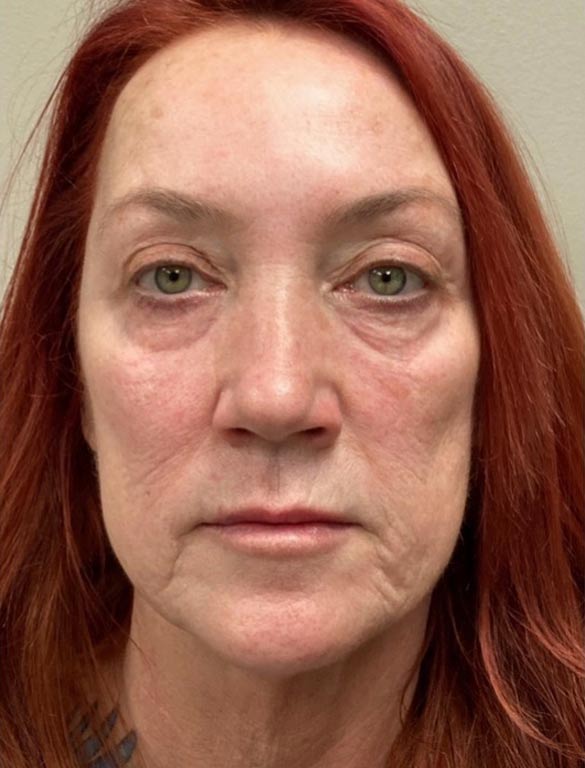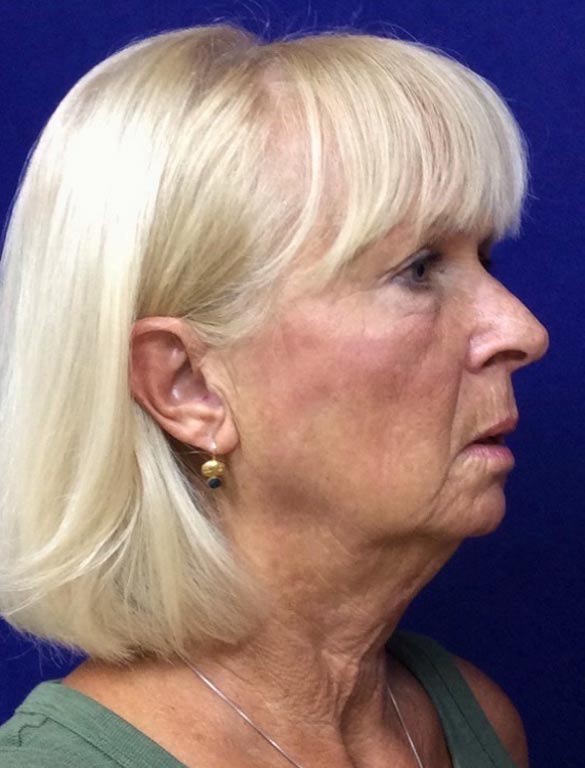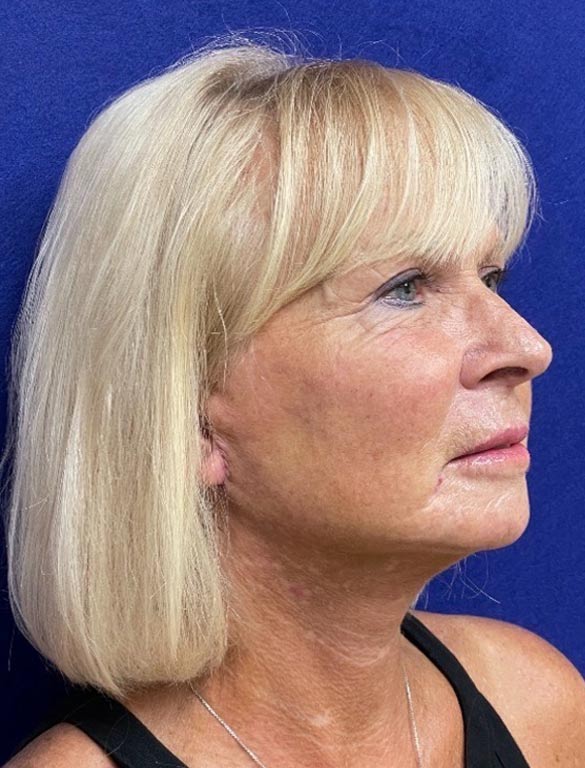
Our skin is susceptible to so many disorders, diseases, and changes, and sagging skin is just one among many such changes – a change that most people will experience during their lives. Sagging skin isn’t the result of just one cause, however. There are several factors that contribute to the drooping of skin that was once taut, firm and supple.
Aging
Of course, the most common cause for sagging skin is simply aging. As you age, your skin begins to lose its natural elastin and collagen. Healthy collagen development is one of the primary contributors to plump, youthful skin, so as this production slows down with age, connective tissue becomes weaker and skin looks more tired.
Sun Exposure
Another huge contributor to sagging skin is sun exposure. Those who spend lots of time in the sun, whether its sun bathing, working outdoors, or enjoying lots of recreational activities outdoors, are exposing their skin cells to powerful rays which, over time, will break down elastin and collagen while also causing wrinkles, brown spots and skin cancer.
Other Causes
Those who smoke are doing their skin a great disservice by exposing their skin and other organs to harmful chemicals and smoke, which dries the skin out and causes sagging and drooping.
A lack of dehydration is also to blame, with those who don’t drink plenty of water on a daily basis making it harder for their skin to bounce back from damage or continue to build new collagen quickly enough.
Fighting Sagging Skin
If you’re just beginning to see your skin lose tone, one of the first steps you can take is to invest in a good moisturizer and use it regularly. An effective moisturizer should include vitamin A, vitamin C, and hydroxyl acid or beta hydroxyl acid. Start making a much greater effort to stay properly hydrated and take antioxidant vitamin supplements which can help improve skin’s health and glow.
These measures may not be enough to solve sagging skin past a certain point in which case, a trip to the dermatologist is in order. Your dermatologist may suggest any number of treatment options, including laser resurfacing treatments or radiofrequency treatments that help to heat the skin beneath the surface, prompting new collagen growth and resulting in a firmer, more youthful appearance.
If you’re noticing sagging skin and want to treat it before it gets worse, schedule an appointment with us today to discuss the treatment options available to you.








